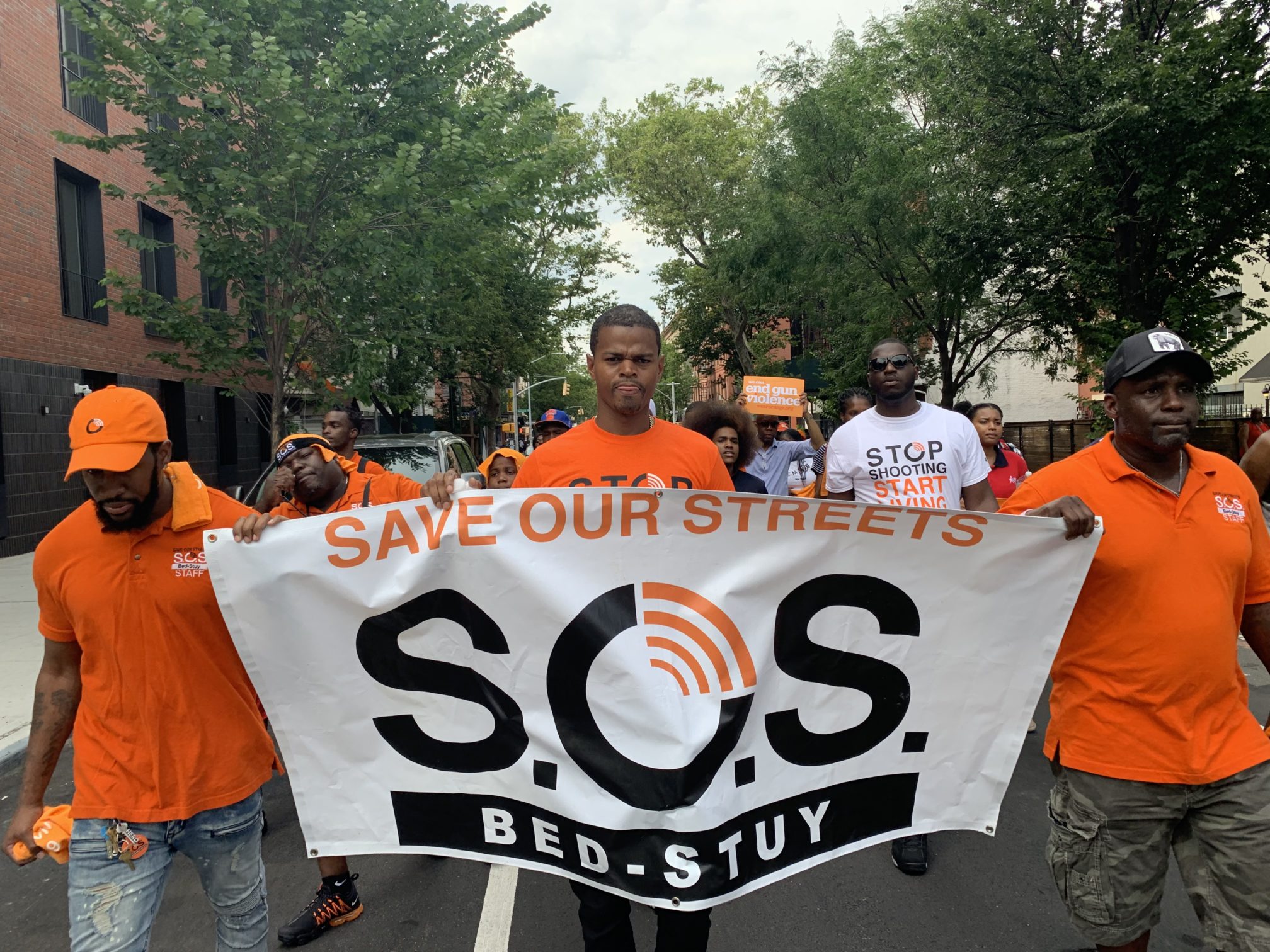Can you put a price on a life taken by gun violence? That’s the $36M question.

At a City Council hearing Monday on gun violence, Donovan Richards — the councilmember who chairs of the Committee on Public Safety — asked a yes-or-no question: is $36 million allocated by the city government to neighborhood anti-gun violence groups enough?
The executive director of the mayor’s Office to Prevent Gun Violence, Eric Cumberbatch, answered. “We’re in the business of preventing shootings, and ultimately preventing murders, so you can’t put a cost on the life of a person in New York City or anywhere else,” he said.
Cumberbatch’s office oversees the city’s Crisis Management System — a group of anti-gun violence organizations that get their funding largely from the de Blasio administration — about $34 million over the course of the last fiscal year. The organizations operate in 22 neighborhoods that account for more than half of the shootings citywide, according to the Mayor’s Office of Criminal Justice. On top of the $34 million from the Mayor’s Office, the groups received an additional $2 million from the City Council over the same period.

Brooklyn Boro
View MoreNew York City’s most populous borough, Brooklyn, is home to nearly 2.6 million residents. If Brooklyn were an independent city it would be the fourth largest city in the United States. While Brooklyn has become the epitome of ‘cool and hip’ in recent years, for those that were born here, raised families here and improved communities over the years, Brooklyn has never been ‘uncool’.